Château Margaux: 40 years on
Posted on June 2, 2018
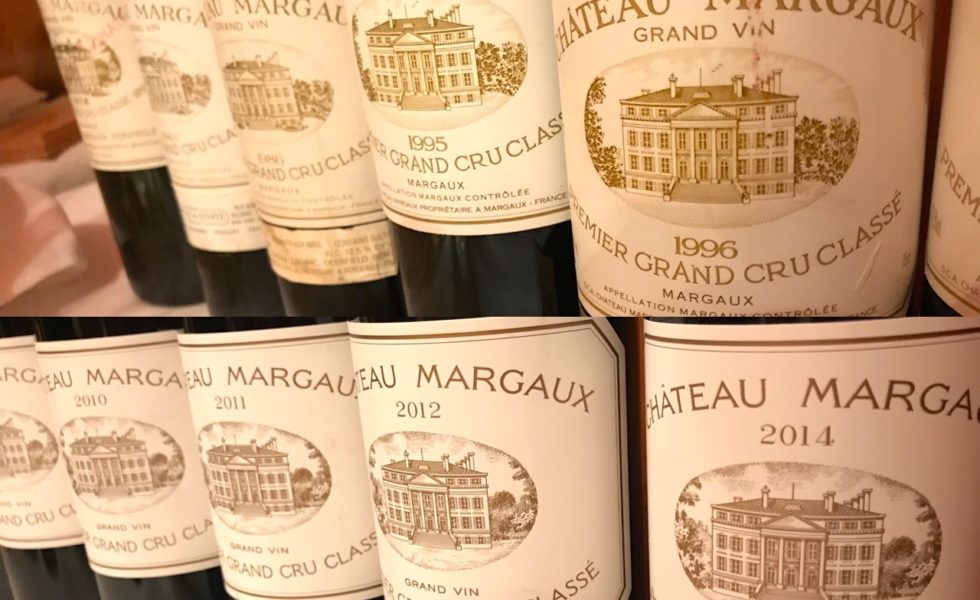
Vertical opulence, with Thibault Pontallier: 1978-2014
By Panos Kakaviatos for wine-chronicles.com
2 June 2018
Over dinner on 9 May this year, I was lucky to attend a vertical of this magnificent first growth from the Médoc: the highly acclaimed – à juste titre – Château Margaux.
Vintages included the first-ever under the Mentzelopoulos family, the 1978, which showed quite well. We also enjoyed stars like 1983, 1996 and 2010, among others.
The true star was none other than Thibault Pontallier, who had flown to Washington D.C. from Los Angeles that same day for this dinner, which was held in a Baroque style private room at the Spanish restaurant Taberna del Alabardero. I had organized a vertical dinner of Château Pichon Longueville Comtesse de Lalande at this restaurant late last year.
Thibault had been in Copenhagen, Denmark a few days before: promoting a super brand means traveling. Born in 1986 in Bordeaux, he is the son of Paul Pontallier, who had been making wine for the estate since his first vintage there of 1983.
Clos Vougeot: 2008 to 1989
Posted on May 29, 2018
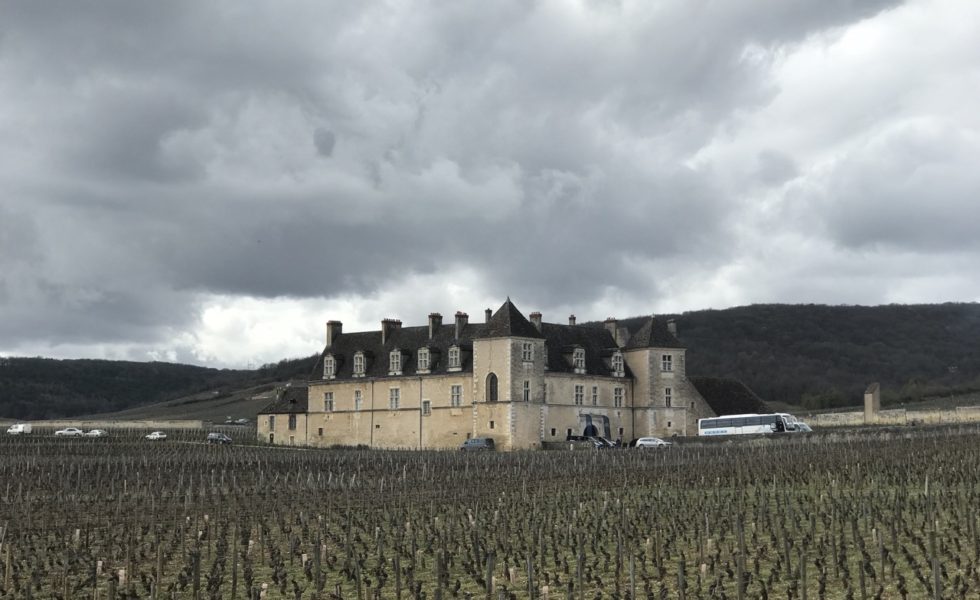
By Panos Kakaviatos for wine-chronicles.com
29 May 2018
The name evokes legends. And the château is a beautiful place, as you can see in the picture I took this past March, for part of a fantastic week of the Grand Jours de Bourgogne. The day was 22 March 2018, and the tasting? A vertical for media only, of vintages from a variety of estates stretching from 2008 to 1989. I also had done a similar tasting back in 2016.
According to Jasper Morris, in his excellent tome Inside Burgundy, it is uncertain when walls first enclosed the Clos Vougeot vineyard, but there is mention of a so called clausum de Vougeot in 1211 and of a grand clos de Cîteaux de Vougeot in 1228.
Monks were already making wine apparently since one century before. It was once a single vineyard, but then broke into various ownerships in its nearly 900-year history. A major date was the French Revolution, which led to the disenfranchisement of the religious owners – so typical of that turbulent period in French history. It eventually fell into single ownership until 1889, when it was sold to six owners. By 1920, there were 40 owners. Today, about 80.
So Clos Vougeot is a veritable Burgundy jewel. But with so many owners, a very good example of a wine minefield. When it was a single vineyard, many historians believe that the wine was made from grapes across the slope.
Clearly, its 50 hectares vary in terroir quality and almost everyone agrees that the middle to top slope merits grand cru status, while much of the rest is more like premier cru.
But then how can you explain why some very successful Clos Vougeots are made from vines grown closer to the bottom of the slope?
Winemaking. Indeed, some producers with “inferior” plots can outpace others with “superior” plots. As Jasper Morris experienced a few years earlier, when he tasted over 20 Vougeot wines: “The skill of the winemaker seemed to have much more impact than where the parcel of vines was located.” Read More
Domaine de Chevalier vertical 2016-2000 (red)
Posted on May 28, 2018
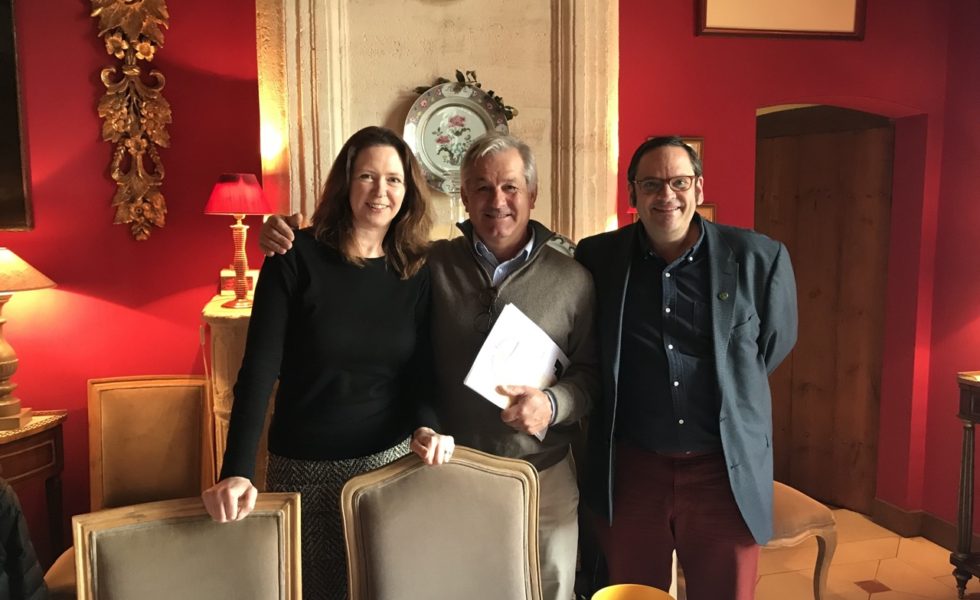
Consistency and excellence
By Panos Kakaviatos for wine-chronicles.com
28 May 2018
For several years now, I have been lucky enough to have enjoyed older vintages of wines both red and white from Domaine de Chevalier, a renowned estate from the Pessac-Léognan appellation of Graves in Bordeaux.
From a vertical of the whites, I helped to organize in Merano, Italy some years ago, to another vertical for both reds and whites at Black Salt in Washington D.C., tasting Domaine de Chevalier is a most positive experience.
And so it was no exception to have enjoyed another vertical – this time blind – of recent reds from this estate, reaching back to 2000 and up to 2016, although the 2001 was missing.
The 2016 was easiest to detect; could it be the best red ever made here? Owner Olivier Bernard prefers his 2010 for that honor, even if at this tasting this venerable Bordeaux vintage came off veritably closed. The other super star of these? 2009! Was it easy to detect the 2013? Not here. How about the 2002? Well, not really … Read More
#Bdx17: Best of the red rest
Posted on May 27, 2018
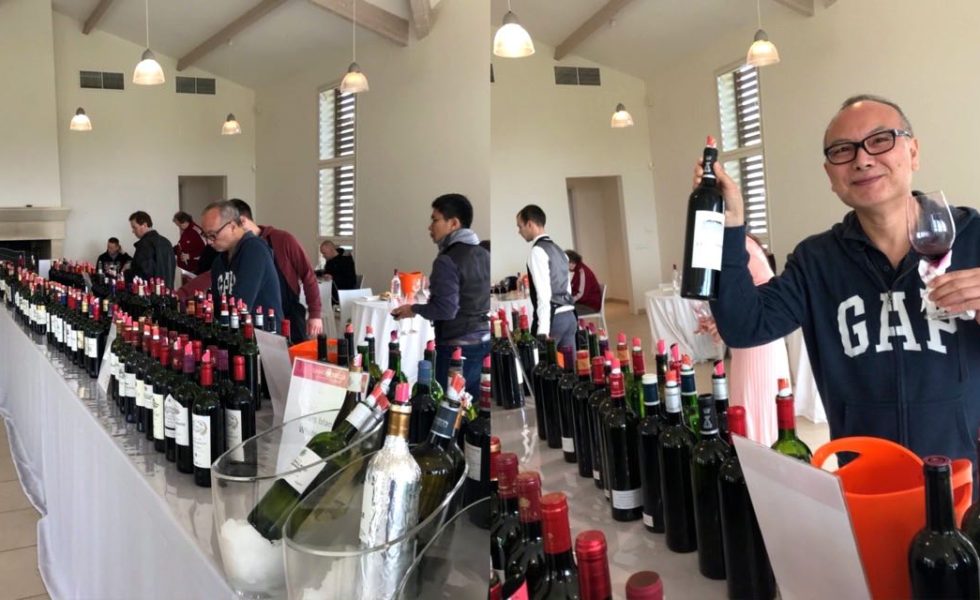
Right Bank Satellites
By Panos Kakaviatos for wine-chronicles.com
26 May 2018
2017 makes the adage of seeking a “petit château” in a great vintage (and vice versa) less clear-cut. Certainly top terroirs excelled – on a general basis – so you can (more often that not) find happiness from the “grands châteaux” in 2017 – if the price is right. By the way, too often so far, the price has notbeen right, what with the wide availability of vintages like 2015 in bottle and at comparable prices, not to mention 2014s that can be just as good as the 2017s.
To get your money’s worth, this time “grand château” also means estates from lesser known appellations, whose terroirs suffered little or no frost damage, while having enough warmth and properly draining soils to ripen grapes in the somewhat sunless summer – and to withstand more effectively September rains.
So, you could actually find “petits châteaux” from fine terroirs that may be more interesting than even some classified growths that were hit more by the frost.
This section thus takes a closer look at this fascinating aspect of 2017, and two examples come to mind: Château de la Rivière in Fronsac, unaffected by frost, made very fine wine in 2017. We have already seen how an estate like Château de Lamarque in Haut-Médoc made wine that outclasses some classified growths: its proximity to the river meant riper grapes and less frost challenges, and riper Cabernets than some others. Neither of these wines will dent your wallet.
Many of these “smaller” success stories come from the members of the Grand Cercle, which includes wines that in warm to hot vintages make over bold, high alcohol and sometimes too oak-ridden wine. Given the nature of the vintage, which was not amenable to such large scale styles, some special cuvées from the Grand Cercle which I tend to find overblown actually excel in 2017 – and would be worth purchasing should the promise of the barrel samples be fulfilled in bottle. In terms of appellations, yet again Fronsac proves its mettle and for that reason I highlight it in the main photo for this post. Read More
Margaux merits #Bdx17
Posted on May 24, 2018
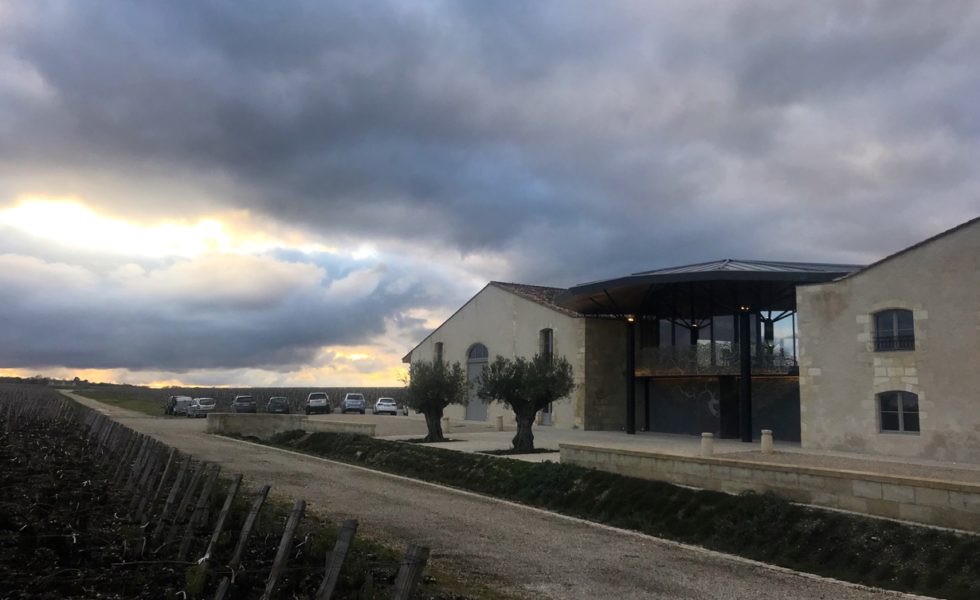
The Médoc, Part III
By Panos Kakaviatos for wine-chronicles.com
24 May 2018
After examining Pauillac, Saint Julien and Saint Estèphe in Part I and Haut-Médoc, Listrac-Médoc and Moulis-en-Médoc in Part II, now to the barrel samples of Margaux.
They include more classified growths than any other Médoc appellation: 21. Margaux is the only appellation whose sole first growth bears the same name: the legendary Château Margaux. While tasting at the negociant Joanne, I assessed several cru bourgeois level Margaux wines, as well.
My overall Margaux thoughts? Some border on magnificent. Others more mundane: This is no 2015 vintage that lifted all boats.
Towards the “bottom of the barrel” you get harder tannins, sometimes even green, or, in one annoyingly persistent case: too much oak-derived tannin – and I am not talking about Lascombes, for once. ?
My top three? Margaux, Palmer and d’Issan
My top three (relative) bargains? Ferrière, Labégorce and Prieuré Lichine
As per usual, wines in bold, I liked in particular. If red and bold, even more. If underlined, too, a kind of barrel sample tasting nirvana. Wines tasted – more or less – in order of preference.
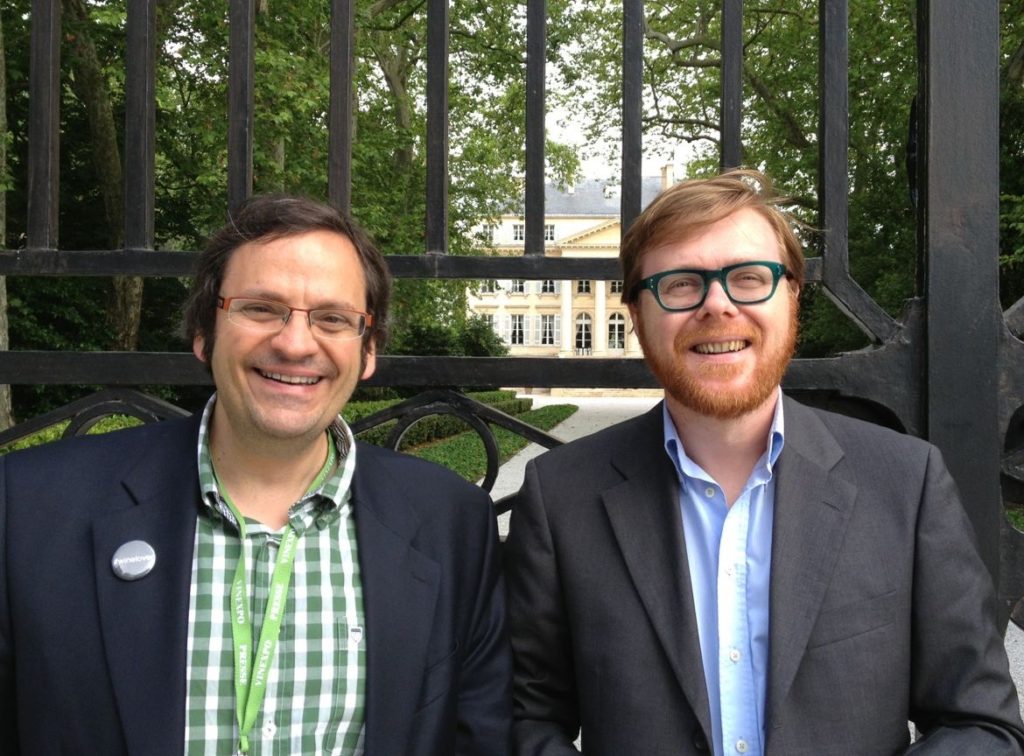
Easy to smile at Château Margaux. With wine pal Guillaume Deschamps a few years ago: the classic facade photo never goes out of style!
Château Margaux – Quite lovely, but while tasting the barrel samples with Jane and Francis Anson, Miguel Lecuona and Elin McCoy of Bloomberg, I felt almost more impressed by their Pavillon Blanc (reviewed in dry white Bordeaux section, coming up). Read More
 Wine Chronicles
Wine Chronicles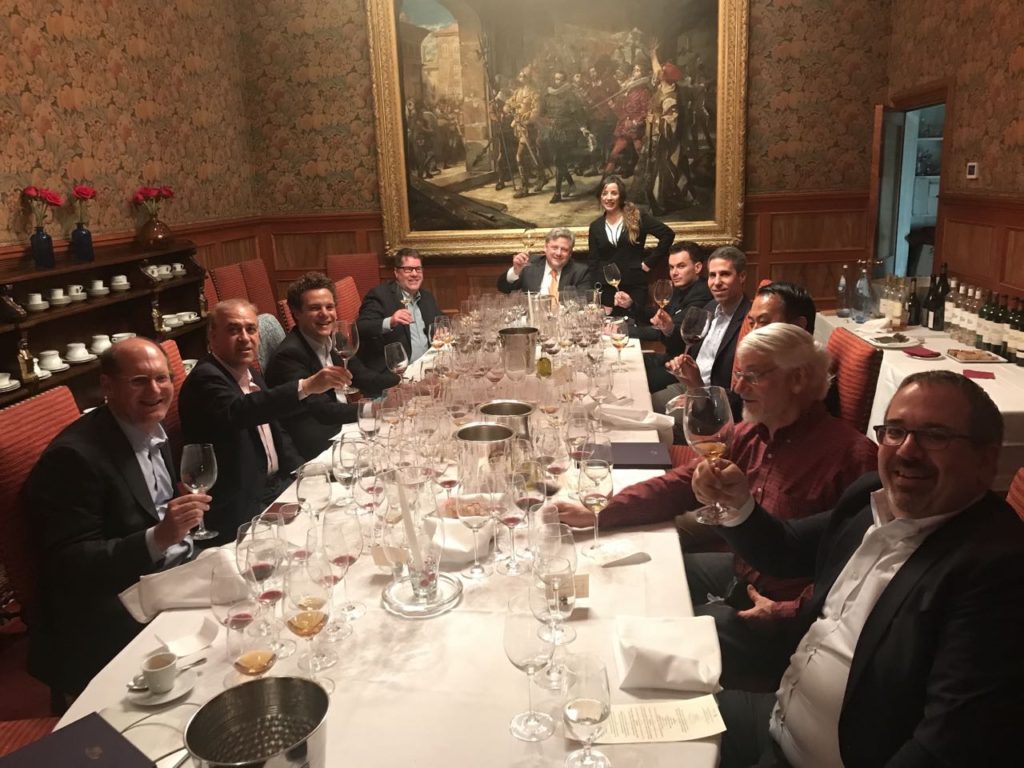
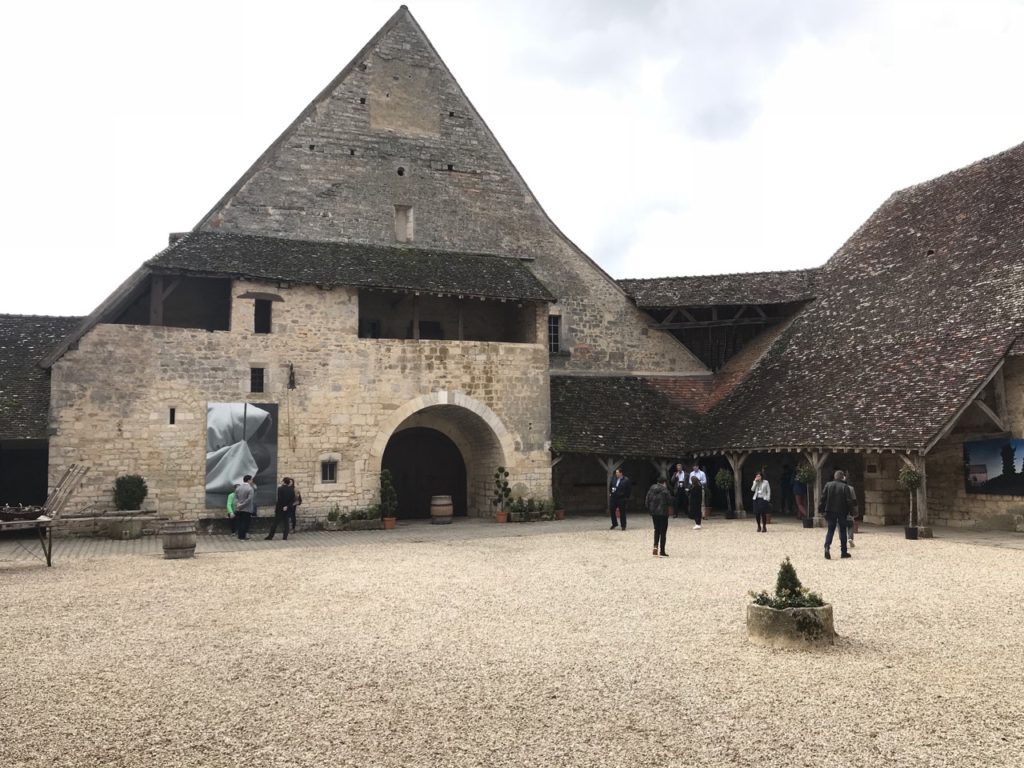
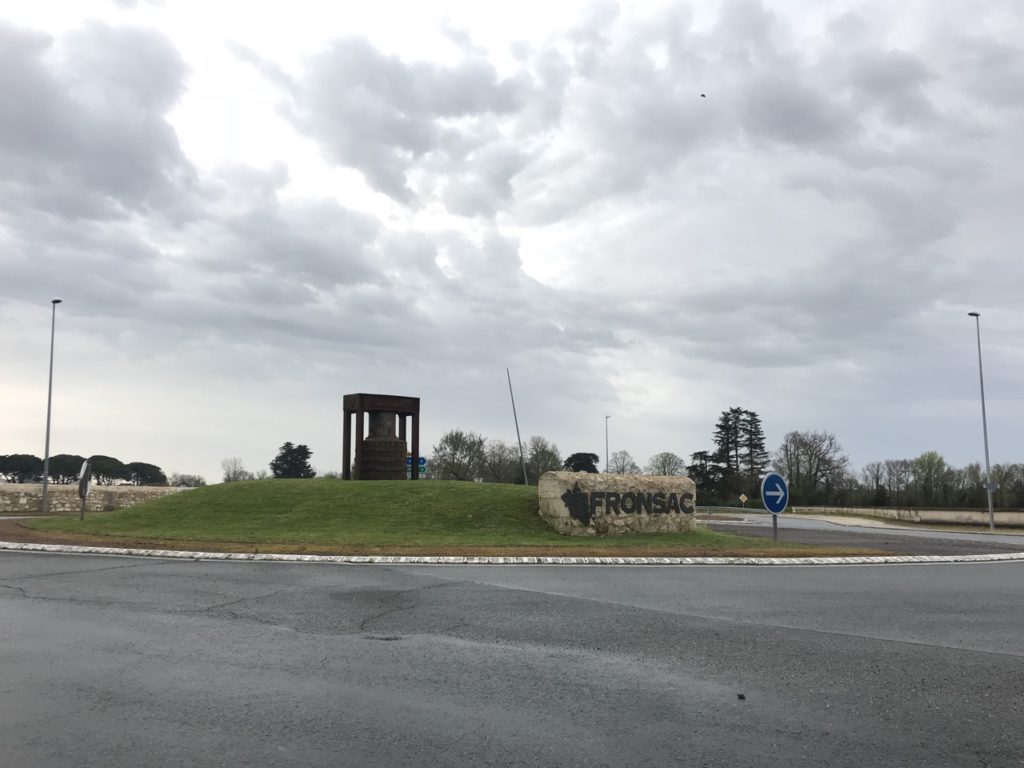
Recent Comments